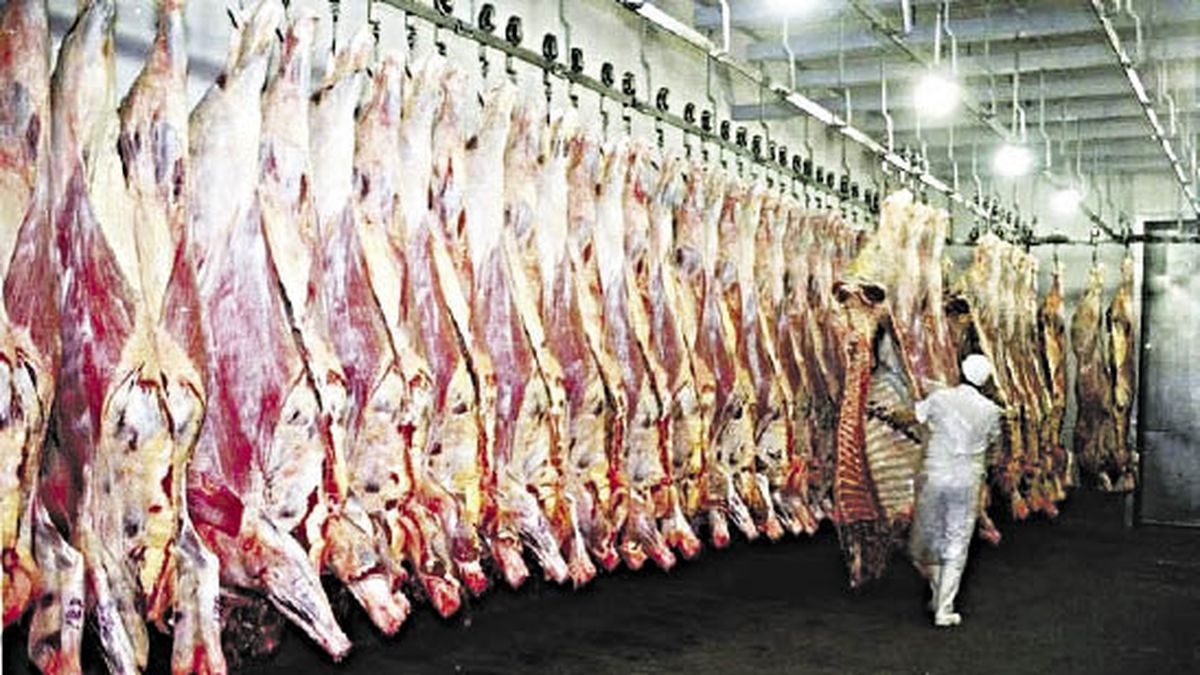The measure will take effect after a long time the opposition of some refrigerators and slaughterers who believed that the conditions for shredding were not met and that the final product would be more expensive. Los exporters For their part, they defended the measure for its improvement for the worker, due to the lower weight of the load, highlighted the best hygienic conditions and noted that the final price will decrease as there will be less waste from the points of sale.
This week, Senasa confirmed that 80% of the factories are ready to start cutting.
This was stated by the new resolution slaughtering plantsaccording to its commercial mode, They must provide the number of pieces that are made on the slaughterhouse beacheach of them must meet identified with the troop number, correlative of slaughter, classification and classification. The mandatory health and commercial seals must in any case be perfectly legible.
The the identification of the pieces must inevitably take place on the beach, as their subsequent identification is prohibited.
S slaughterhouses that stamp the seals must replace them with printed labels through IT systems within the peremptory term of 180 days
is tags Sara made of paper Paraffin, polyamide or oriented polypropylene (OPP), suitable for contact with meat and contain at least name, registration numbers in the deeds and health authorization and Single Tax Code (CUIT) of the slaughterhouse
They must also report the name, registration number and CUIT of the owner of the slaughter, as well as the date of slaughter, the number of troops and hocks, classification, typing and commercial destination, number of teeth, type of bruise and the name of the piece.
S tags must be placed in cattle (cattle and buffalo) on the piecesremaining totally adherent to the flesh, and its fixing by wires, lancets or any other means that does not involve the adhesion of its entire surface is prohibited.
every piece resulting from the division of the half-carcass must be identified and traceable by means of a tag containing the official factory numbers of the slicer, the troop and the hock, the production date, the name of the product and the weight of the slice.
The processing plants They cannot allow entry to the shredding of raw material that does not have identification.
And whoever carries out the shredding must prepare, as a sworn certificate, the modules Entry of the Raw Material for the Shredding and Production of Bocconcini Obtained by Troop.
The cut must be made, inserting in production only the half carcasses grouped by number of troops, so proper separation and identification must be ensured between the troop being processed and the next one being processed.
Establishments where shredding is carried out must carry an LEntry booklet of raw material suitable for processing the piecessigned by the National Direction of Agricultural Commercial Control, where they will record the entry of the goods in chronological form.
Establishments that have a signed exit book for beef (beef and / or buffalo) will be exempted from the above obligation.


